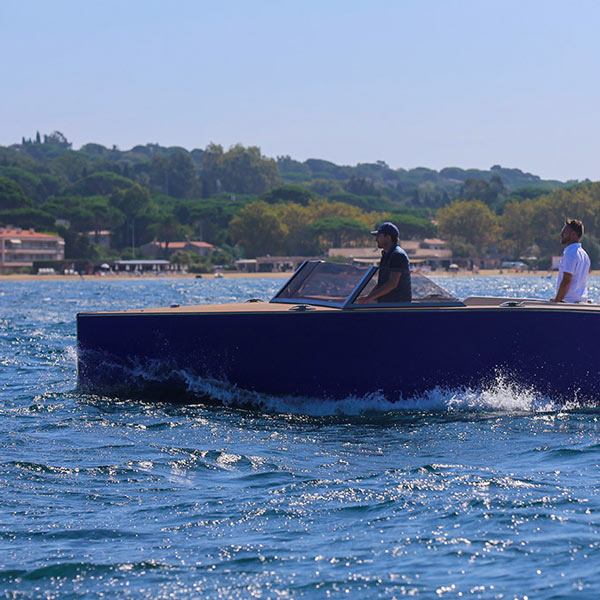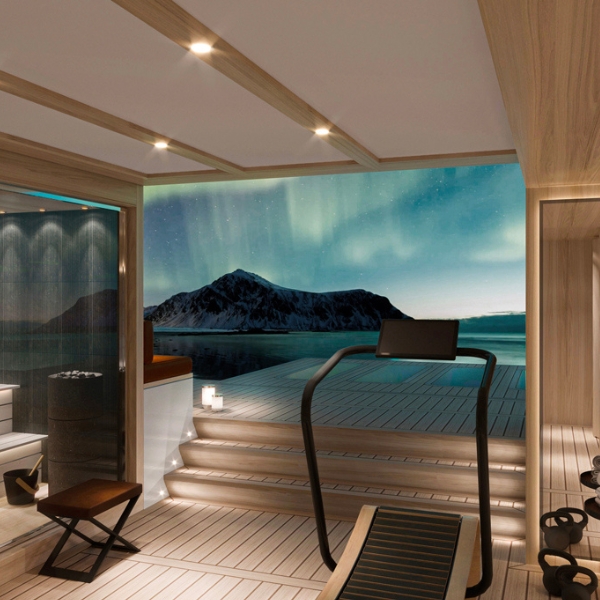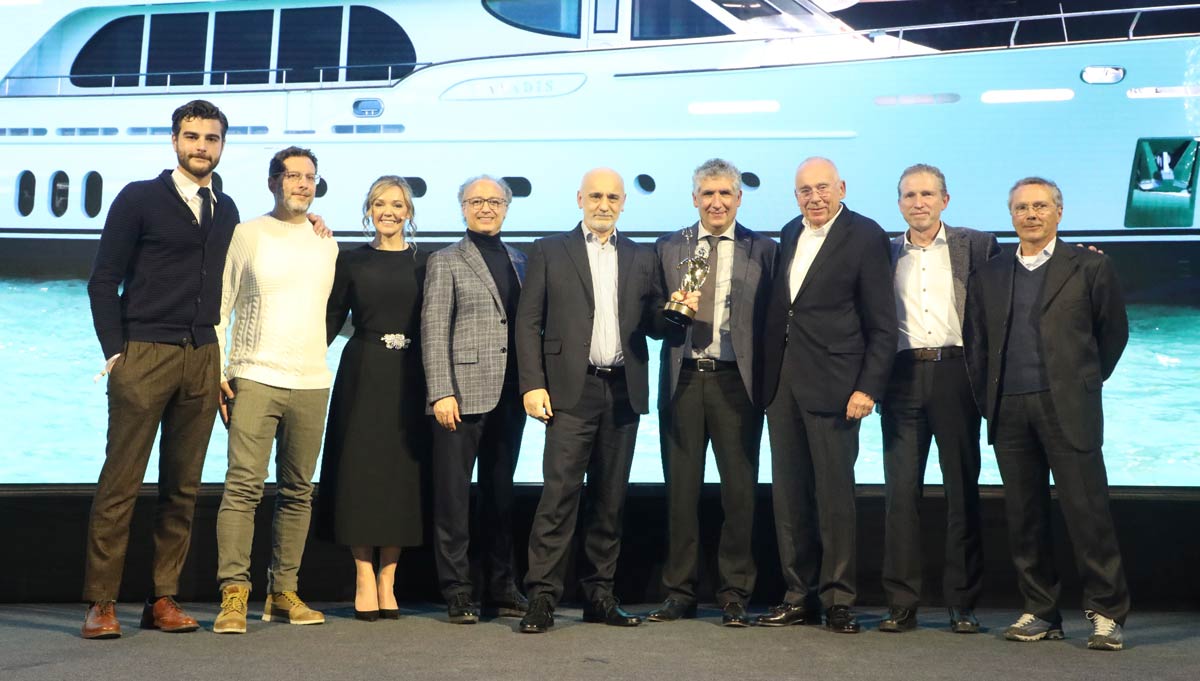
Boat International's Design and Innovation Awards

Boat International's Design and Innovation Awards
Vanadis and the greening of superyachts
What can Boat International’s eco award-winning boat teach us about sustainable builds?
It is perhaps a sign of the times that the first-ever eco award was introduced at Boat International’s annual Design and Innovation Awards in 2018, driven by both an increasingly eco-conscious customer and an increasingly eco-conscious industry. Celebrating the yacht which has gone above and beyond the mandatory regulations on environmental protection, the 2020 award went to Vanadis, a 31m motor yacht built by Italian yard CCN.
So what made it the stand-out choice? “The entire concept of Vanadis was based around the idea of making a seagoing boat that is sensitive to the environment in terms of fuel consumption and noise pollution,” explains Cecile Gauert, co-chair of the awards. “The standout on this boat is the hybrid system. While it certainly is not the first, it is one of the most comprehensive and innovative hybrid systems created in this size boat to date.”
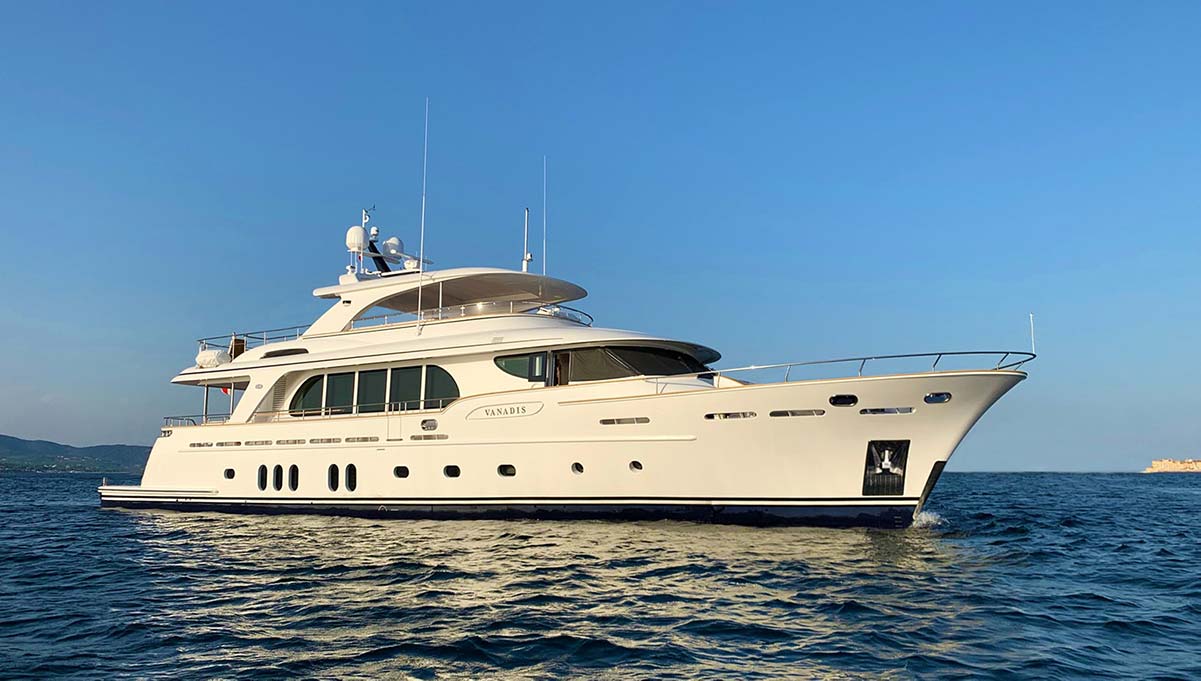
Vanadis

Vanadis
Hybrid is nothing new in the industry; way back in 1997, Lurssen built Limitless, after which the concept continued to grow and evolve. In 2015, Feadship’s Savannah attracted much attention thanks to its single diesel engine, which, combined with generators, batteries and propellers, led to fuel economies of up to 30 per cent. In the case of Vanadis, there were various challenges that the shipyard overcame to make the hybrid system work that impressed the judges. “It was quite a feat for the engineers and builder to fit everything in what is a relatively compact space,” explains Gauert. “It offers great flexibility of use, including all-electric operation.”
Vanadis is the first vessel in the yard’s ‘E-prop’ line of hybrid yachts, built in line with the company’s mission to embrace green technology. Beyond the environmental advantages, there are also knock-on benefits of hybrid propulsion for owners who choose to incorporate it, specifically the dreamy silence of electric motors, which enable calm and quiet cruising. In the case of Vanadis, the owner was driven by both. “He dreamed about this project for 10 years,” says Gauert. “He wanted to build a classic boat with a strong focus on efficiency and environmental friendliness, both in terms of fuel consumption and noise pollution.”
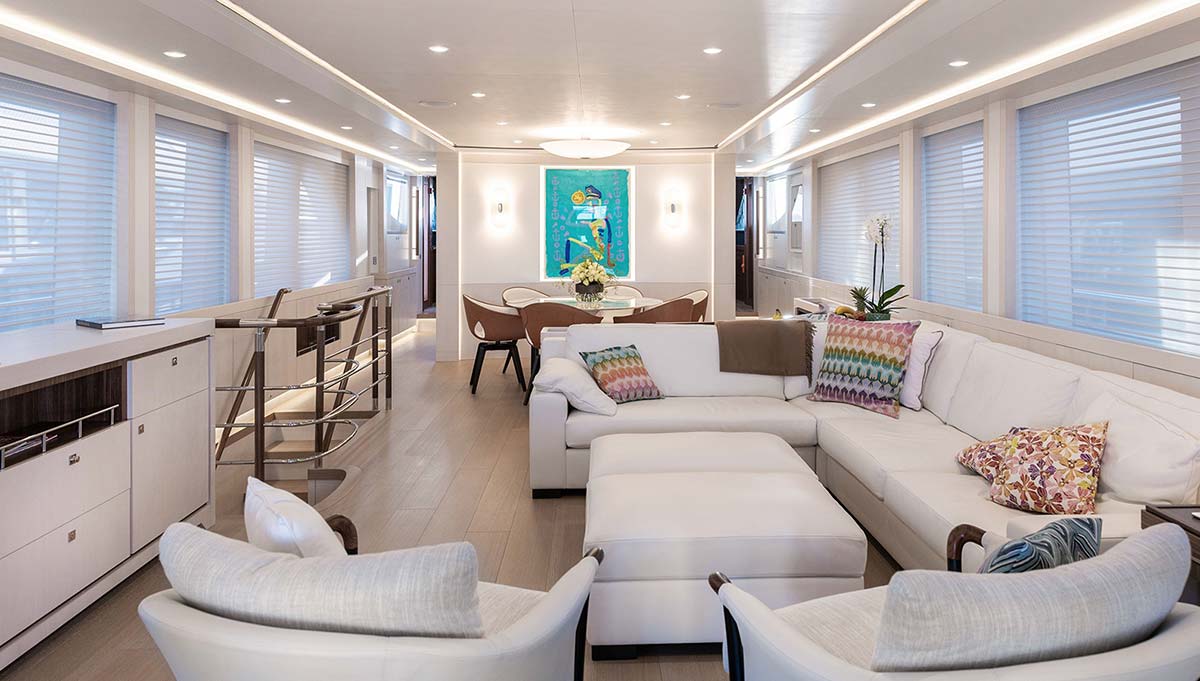
Vanadis

Vanadis
This motivation to build in a more sustainable way is a growing trend, according to Gauert. “It’s the way of the future,” she says. “Younger people coming to boating have heard their whole lives about our changing climate and it is something of vital importance to them.” In addition to changing attitudes, there are also regulations which continue to force the issue, as well as foundations such as the newly formed Water Revolution Foundation which aims to drive sustainability across the whole industry.
Gauert references several design firms and shipbuilders who are actively researching viable alternatives to diesel propulsion as well as other sustainable solutions, among them de Voogt, Vripack, Greg Marshall Naval Architects and Philippe Briand. Family-owned shipyard Amer is another firm taking initiative in this space. “They have looked at everything, from using more eco-friendly materials to more efficient engines,” says Gauert. The yard has recently announced plans to abandon fibreglass, with its associated end-of-life sustainability issues, and substitute it for an innovative volcanic fibre called Filava which is totally recyclable.
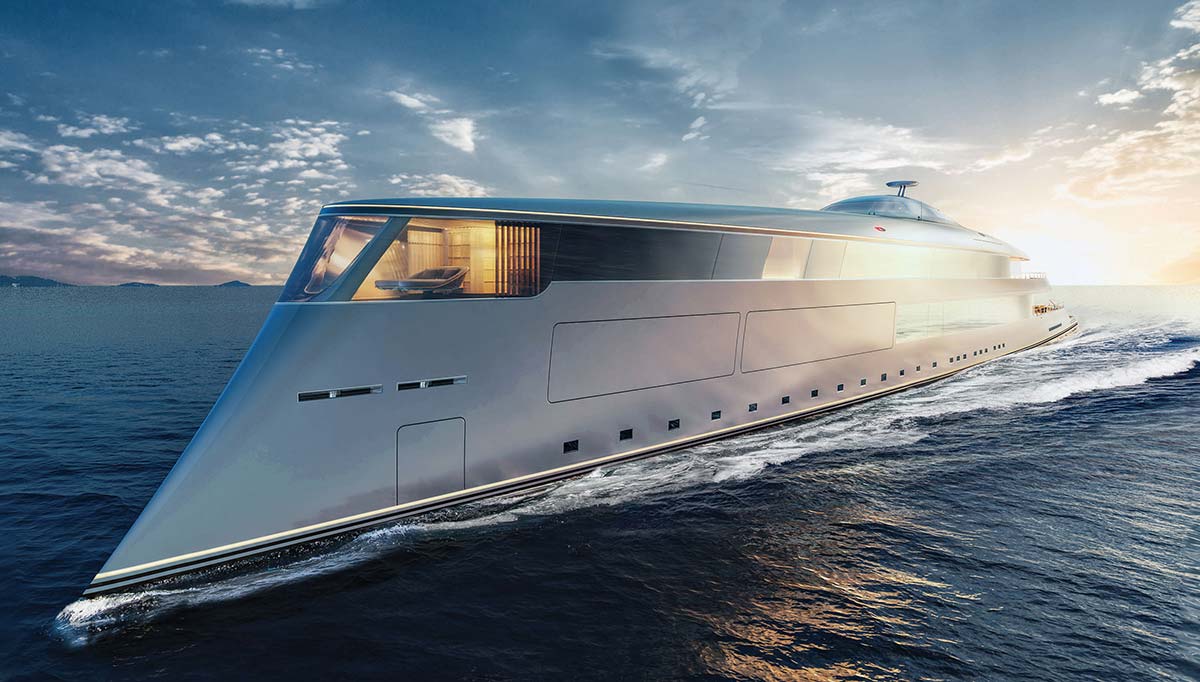
Aqua

Aqua
Silent Yachts, meanwhile, is making use of solar power in its luxury catamarans. “We produce the power with solar panels, we store it in batteries, and in this way we can consume the power even when there is no sun or during the night,” explained CEO Michael Kohler at last year’s Cannes Yachting Festival. “We didn’t reinvent the wheel, it’s simple physics. We optimised the boat, including the hull and appliances, which means we can consume less and run on solar.” Their latest 24m tri-deck model features additional social areas on board, including a spacious sky lounge on the top deck. Without the need for an engine room, there’s even room for a large garage – perfect for storing all the requisite toys.
“Within the next few years, we will see a number of interesting boats get launched, with lighter displacement and hybrid propulsion, perhaps even hydrogen cells, who knows,” says Gauert. Sinot, a Dutch yacht builder, has conceived a cutting edge example of exactly what sort of yacht the future might hold. Their 112m Aqua concept attracted much press because, upon completion, it would be the world’s first hydrogen-powered superyacht. Rather than hiding the two requisite hydrogen tanks out of sight, the concept shows how they are put on show behind a giant facade of strengthened glass, providing the finishing touches to an elegant circular staircase. Green credentials are, it seems, something to shout about – and by 2021, the eco award jury will be spoilt for choice.

